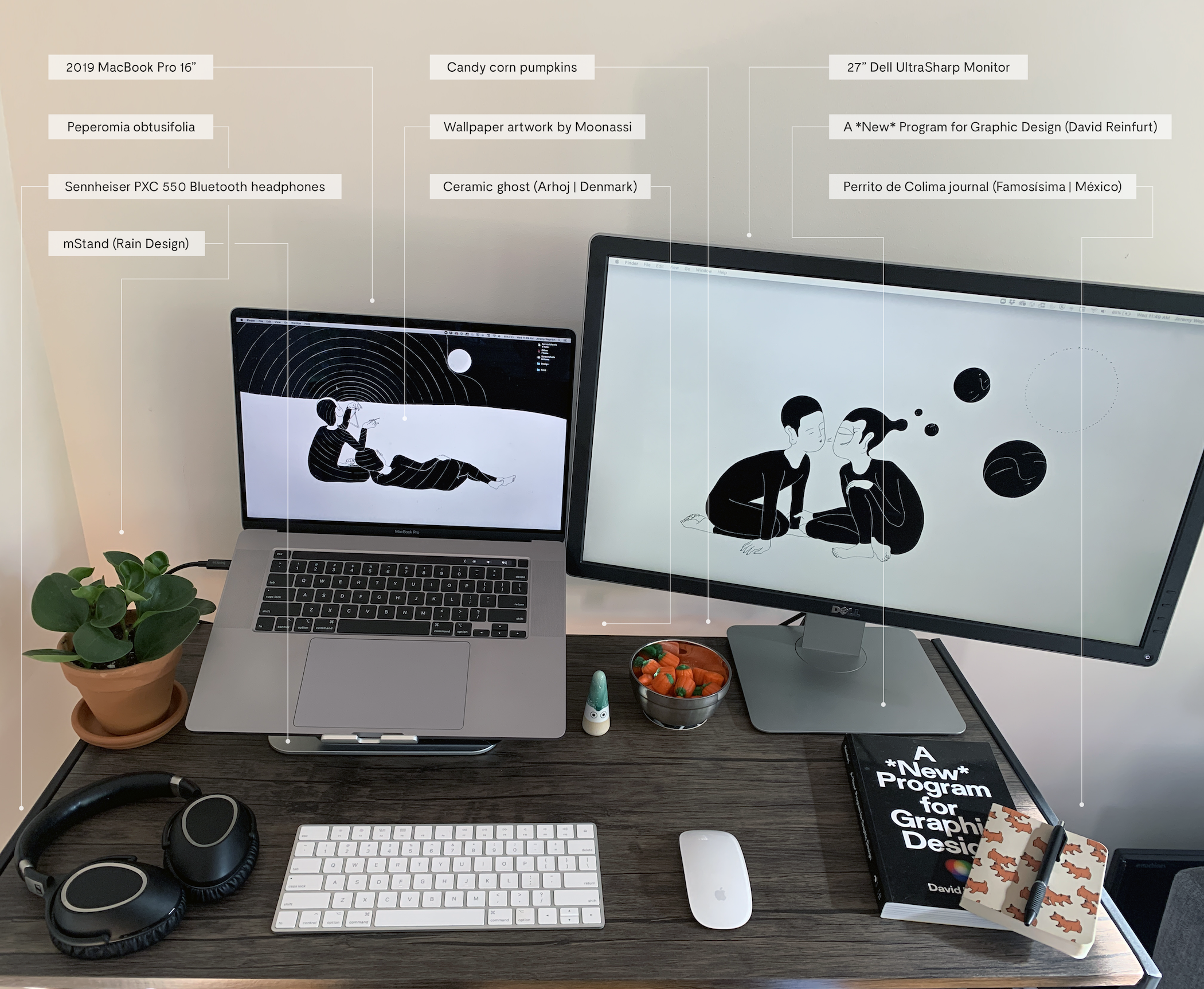
I’ve been reading applications by Jeremy W.
And I'm still reading them
Under cover of darkness
It’s that magical time of year: the sun sets at 4 PM, my apartment’s heaters start to kick in and create a truly alarming amount of sound, and I begin to oscillate between my desk and my kitchen, somnambulant and predictable in my unending search for caffeine. These are the unmistakable signs of application reading season.
If you’re wondering about the process we follow to evaluate applications here at MIT, this blog is certainly not going to satisfy that curiosity. (You’re in luck, however, because we’ve already written about our selection process extensively on this website and in many blog posts. Plus, you wouldn’t want any of my Hot Admissions Takes right now, anyway; my brain is plagued by a haze of decision fatigue which has rendered me fully unable to formulate even the most simple of observations about our admissions process.)
Instead, this post is about how I, as a person, interact with that process. This is a post about my daily ritual of walking the 17 steps01 Yes, I counted. from my bed to my desk, and opening my laptop to reveal a queue of hundreds of applications. It’s about spending each precious hour of sunlight—and even more hours of darkness—wrestling with the many triumphs, defeats, accomplishments, aspirations, questions, and creations of our applicants. It’s about the little corner of my living room where a stately Bird of Paradise used to sit, that is now where my makeshift home office can be found.
Hello routine, my old friend
I’ve struggled in the past to establish a healthy routine for reading applications. In my first few years as an admissions officer, my strategy was simply to grit my teeth and power through, forcing myself into a state of hyper-productivity where I worked continuously for hours until my cases for the day were complete. That process of entering a super-productive flow state was efficient in the short term, but it wasn’t sustainable for more than a year, or so. My episodes of extreme productivity placed me on a fast-track to burnout—an unfortunately familiar phenomenon in the increasingly demanding profession of college admission.
I began to experiment with incorporating a more structured routine into my reading process where I built in dedicated time for healthier behaviors—like setting aside time for a mid-morning workout, and rewarding myself with a change of scenery by working in a local coffee shop.02 Usually Barismo in mid-Cambridge, Simon’s in Porter Square, or Darwin’s in Central Square.
For obvious pandemic-related reasons, it has been virtually impossible to stick to this improved reading season routine. Instead of migrating around Cambridge in search of cardio and cold brew, I now spend 12 hours a day, 6 days a week03 During reading season, admissions officers at MIT are expected to work 6 days out of the week, to meet our necessary quotas. shoved into the only open corner of my apartment that can accommodate a makeshift home office—lit by the stale fluorescent glow of thousands of digital applications staring back from my monitors.
Feeling my old habits creeping back into play and determined to keep them at bay, I have been trying my best to establish some semblance of a “routine.” I try to commit to 45 minutes of application reading, then take a break at a natural stopping point. I spend whatever remains of the hour-long block to grab a snack, find something to drink, and (most importantly) step away from my screens.
As a way to bookmark these roughly hour-long work sessions, I’ve begun creating 60-minute playlists to support my reading. Though this hasn’t been all fun and games—crafting the perfect productivity playlist is more difficult than you’d think. As a trained classical musician, I don’t perceive symphonic music as calming background noise; if I press play on one of my favorite symphonies, it’s only a matter of a few bars before I’m conducting along in my seat, fully distracted from my task at hand.
And I have to purposely avoid including my favorite contemporary artists and tracks on the playlists because they always end up sending me into full-blown jam sessions. I definitely won’t meet my daily application numbers if I’m jamming out to classic Mariah Carey.04 Trust me...I learned this the hard way. That’s a full-time job, in and of itself.
If you’re curious about what I’ve come up with, listen along to my latest hour-long productivity playlist, rdng szn, available on Spotify or Apple Music. And I’ll be adding more as the season continues, so stay tuned!
The desk where it happens
Since I spend most of my day reading files at my desk, I thought I’d give you a glimpse into my setup, complete with descriptions of all my favorite tech and all the other sundry items you’ll find at my work station. (The only thing missing from this photo is my cup of coffee, which was in my other hand as I took this picture with my phone. I’m currently brewing Lekali from Barrington Coffee Roasters, which is a lovely single-origin light roast, direct from its farm in Nepal. Yes, I am that person.)
16” MacBook Pro (2019)
It all begins with this lovely, lovely machine, provided to me by MIT. When I’m not reading apps, I do a fair amount of print and digital design, and this beast performs well enough to not need to rely on a desktop for hefty exports and renders. Once the full Adobe Creative Cloud goes native on the M1, I plan on upgrading my personal machine—a 15” MacBook Pro (2018)—but that likely won’t happen until next year.
When I’m at my desk, I place my laptop on an mStand from Rain Design, which places it at a comfortable height and viewing angle. Fabricated out of a single solid piece of brushed aluminum, the mStand fits in seamlessly with the design aesthetic of the Apple ecosystem. I use the standard Apple Magic Keyboard and Magic Mouse 2, though—given the amount of typing and scrolling I’m doing these days—I’ve been eyeing more ergonomic alternatives.
27” Dell UltraSharp monitor
I originally got this massive Dell monitor for working on design projects for the communications team. Even with a 16” Retina Display at my disposal on my MacBook Pro, editing video and designing print spreads is so much easier on a 27” high-resolution monitor.
This 27” monitor has proven to be incredibly useful for reading applications, too. Reviewing applications in a holistic way that considers context requires the reader to collocate a lot of information at once—transcripts, school profiles, essays, etc.—which means lots of windows and tabs. Having two large, high-quality monitors to work from makes it much easier to make sense of all information I must assess for each application.
(Shoutout to Daehyun Kim, one of my favorite artists, whose illustrations make my desktop wallpapers come alive. Check out his work at moonassi.com.)
Sennheiser PXC 550 Bluetooth headphones
As an audiophile, I’m constantly struggling to balance the desire to have rich, high fidelity sound with the need for convenience and ease of use. During the workday, I’m frequently toggling between reading applications, Zoom meetings, and phone calls—so being plugged-in to my favorite pair of wired headphones just doesn’t make sense. And while the audio quality of my nimble, lightweight Jabra Elite 85t earbuds is impressive for a set of Bluetooth buds, they’re much better suited for long outdoor runs or gym workouts than all-day use.
I always come back to these trusty Sennheisers. Their effective noise-canceling tech blocks out frustrating distractions,05 Like my upstairs neighbor who is teaching himself the unaccompanied Bach Cello Suites!! and their solid audio quality accommodates a variety of musical genres, audiobooks, and podcasts. The convenience of wireless Bluetooth connectivity is major; I can walk around my house, make a cup of coffee, and sit back at my desk without having to unplug. Expected from a more premium brand like Sennheiser, the build quality is top-notch: I’ve owned this headset for a few years and traveled all over the world with them, and they still work and feel like new.
Desk miscellany
A *New* Program for Graphic Design
I keep this design bible by David Reinfurt on standby, both for direction and inspiration, and I recommend it to designers of all types. Reinfurt’s core goal is to position design as a liberal art, arguing that the design process is a framework that bridges disciplines. I find myself returning to the book so often that I just keep it on my desk for easy access.
Little journal of angry dogs
I don’t take a ton of hand-written notes, but I do love using this little journal from Famosísima, a shop in Mexico City, gifted to me by Emily, a former colleague in the admissions office. Thanks, Emily! I relate strongly to this tiny, angry dog, intimidating to no one, annoying to all.
Candy corn pumpkins
I belong to a small, cursèd group of people who genuinely like candy corn—especially the pumpkins. (And, yes, candy corn pumpkins is the official term.) A seasonal treat that coincides with reading application in the fall, I typically have a bowl of candy corn nearby to reward myself after completing an hour of reading.
Baby rubber plant
After making room for all my necessary tech, there’s not a lot of space left on my desk for much else. The rest of my living room is ferociously overrun with houseplants, but I wanted to include some greenery directly on my desk. This tiny little Peperomia obtusifolia keeps me company while I work.
Ceramic ghost from Studio Arhoj
Studio Arhoj is a little independent design studio in Copenhagen, Denmark that makes these adorable ceramic ghost figurines (among other cool things). A trip to Copenhagen and Paris was one of the last vacations I took before quarantine, and this friendly little ceramic spook on my desk offers a welcomed reminder of that time…
Back to the queue
I am certain this didn’t shed any meaningful light on our admissions process—but I gave you fair warning. The process of reading applications isn’t a glamorous black box of assessment alchemy. (Unless you consider early-onset Carpal Tunnel Syndrome as glamorous alchemy.) How many applications do you read in a day? Well, it depends on the day. How long do you spend reading each app? Well, it depends on the application. Do you remember applicants after you read their application? Without question.
Of one thing I am sure: While I haven’t always had the proper routine to support it, reading applications is, quite simply, something I love to do. Of all the responsibilities I have as an admissions officer, reading applications is the most fundamental, and the one I cherish the most.
After all, my desire to construct an ideal playlist, acquire the preferred headphones, brew the perfect cup of coffee—it’s all in service of approaching your college applications with as much balance and compassion as I can. You share so much of yourselves with us in the application process, and you deserve admissions officers who have the technical, emotional, and psychological resources to fairly and fully consider your application.
Which reminds me—I should probably get back to my queue and actually read some applications. After all, I’m not getting paid to blog. Or am I?
- Yes, I counted. back to text ↑
- Usually Barismo in mid-Cambridge, Simon’s in Porter Square, or Darwin’s in Central Square. back to text ↑
- During reading season, admissions officers at MIT are expected to work 6 days out of the week, to meet our necessary quotas. back to text ↑
- Trust me...I learned this the hard way. back to text ↑
- Like my upstairs neighbor who is teaching himself the unaccompanied Bach Cello Suites!! back to text ↑
